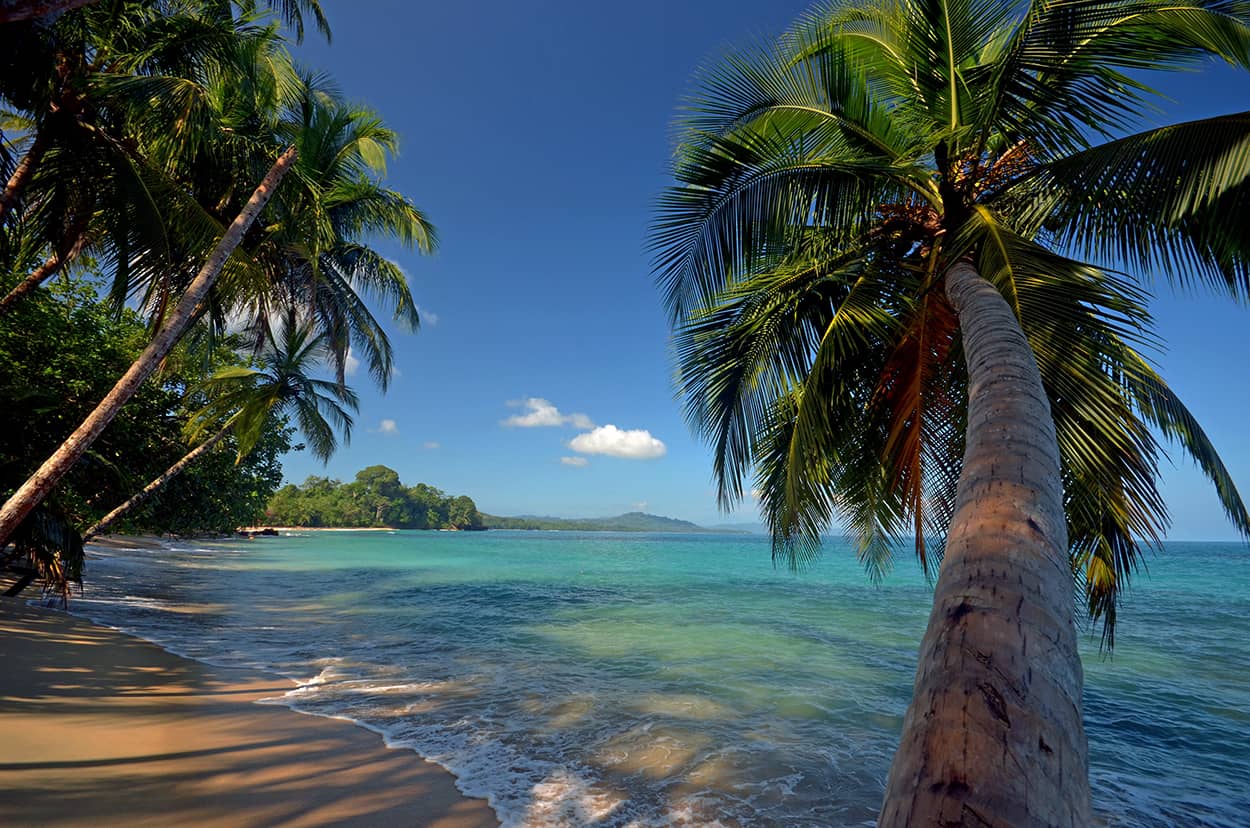A Costa Rican conspiracy of Caribbean climatic conditions creates what locals call “summertime” every September and October on the Talamanca coast. While the rest of the country juices with daily heavy rains, the southern Caribbean dries out with a hot, steady sun. The waves die down, the sea turns blue, the beaches flatten out, and semi-marine mammals come creeping out of the thick jungle. Divers slip into the sea from Cahuita National Park to Punta Mona in the Gandoca-Manzanillo National Wildlife Refuge.
Robin Benton and Mike Bird of Reef Runner Divers in Puerto Viejo de Talamanca report an excellent September, with visibility on some days exceeding 24 meters. Heading to sites in the refuge, divers are encountering sharks, turtles and even a free-swimming sea horse. The team reports that tourists are requesting deep pinnacle and wall dives with long shallow dives later in the day.
Caribbean conditions are perfect for learning how to dive the easy way. You can step into the underwater classroom right in front of the dive shop and try out scuba for a few hours or get fully certified for life in a few days. Reportedly, with the sea so flat, many surfers are turning to diving to quell their ocean fever, at least until the next swell jacks up the waves, probably in November.
Across the country on the southern Pacific coast’s Osa Peninsula, despite big swells and daily heavy rains, divers at Caño Island Biological Reserve off Drake Bay speak glowingly of dive sites ridiculously full of fish.
The Pacific’s huge tides and powerful current quickly sweep out the small amount of rainfall sediments flowing from the island’s uncontaminated forest drainages, bringing nutrients to the sea. This brings fish in very large numbers.
The singing humpback whales alone make the dive for many enjoying Caño and other Pacific sites at this time of year. The surreal humpback song often goes on for entire dives, thrilling all with their intensity and strangeness. Often a whale barely heard at the surface will come in loud and clear when you dive down to a deeper depth. Many divers find it sweet just to lie back in the sand and listen to the wild concerts of these endangered great whales.






